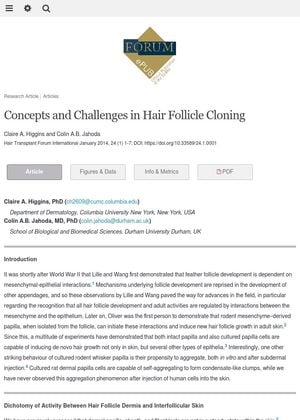TLDR Hair follicle cloning is possible but faces many challenges before it can replace traditional hair transplants.
The 2014 research article "Concepts and Challenges in Hair Follicle Cloning" discussed the potential of hair follicle cloning for hair growth. The study highlighted the role of mesenchymal-epithelial interactions in hair follicle development and growth, and the potential of dermal papilla cells to induce new hair growth. However, it was noted that human dermal papilla cells behaved differently from rodent cells, with the former not aggregating and potentially acting as fibroblasts in a wound environment after injection or grafting. The researchers proposed a new approach for follicle regeneration, involving the growth of human dermal papilla cells in three-dimensional dermal spheroids, which maintained their specificity after transplantation and were capable of inducing growth of new hair follicles. However, the hairs produced were small and directionally non-uniform, and it was unclear how long they would grow for and whether the follicles would cycle. The study concluded that while hair follicle cloning using human hair follicle cells was possible, many challenges remained before it could replace conventional hair transplantation procedures.
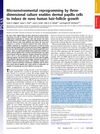 256 citations
,
October 2013 in “Proceedings of the National Academy of Sciences of the United States of America”
256 citations
,
October 2013 in “Proceedings of the National Academy of Sciences of the United States of America” Growing human skin cells in a 3D environment can stimulate new hair growth.
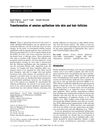 33 citations
,
December 2004 in “Differentiation”
33 citations
,
December 2004 in “Differentiation” Mouse amnion can turn into skin and hair follicles with help from certain cells and factors.
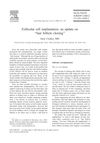 15 citations
,
May 2004 in “Facial Plastic Surgery Clinics of North America”
15 citations
,
May 2004 in “Facial Plastic Surgery Clinics of North America” The document concludes that while "hair follicle cloning" shows promise for unlimited donor hair, it faces challenges with consistency and safety in humans.
268 citations
,
December 2003 in “Experimental Dermatology” Hair follicle cells can become fat and bone cells.
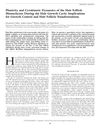 54 citations
,
June 2003 in “The journal of investigative dermatology. Symposium proceedings/The Journal of investigative dermatology symposium proceedings”
54 citations
,
June 2003 in “The journal of investigative dermatology. Symposium proceedings/The Journal of investigative dermatology symposium proceedings” Disruptions in hair follicle fibroblast dynamics can cause hair growth problems.
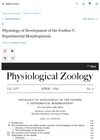 81 citations
,
April 1941 in “Physiological zoology”
81 citations
,
April 1941 in “Physiological zoology” Experiments can shape how feathers grow and develop.
 4 citations
,
January 2022 in “Life”
4 citations
,
January 2022 in “Life” Tissue engineering could be a future solution for hair loss, but it's currently expensive, complex, and hard to apply in real-world treatments.
Current hair regeneration methods show promise but face challenges in maintaining cell effectiveness and creating the right environment for hair growth.
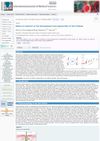 November 2023 in “International Journal of Medical Sciences”
November 2023 in “International Journal of Medical Sciences” New regenerative medicine-based therapies for hair loss look promising but need more clinical validation.
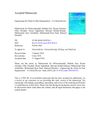 27 citations
,
September 2018 in “Nanomedicine: Nanotechnology, Biology and Medicine”
27 citations
,
September 2018 in “Nanomedicine: Nanotechnology, Biology and Medicine” Further research is needed to improve hair regeneration using stem cells and nanomaterials.
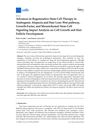 136 citations
,
May 2019 in “Cells”
136 citations
,
May 2019 in “Cells” Stem cell therapy, particularly using certain types of cells, shows promise for treating hair loss by stimulating hair growth and development, but more extensive trials are needed to confirm these findings.
